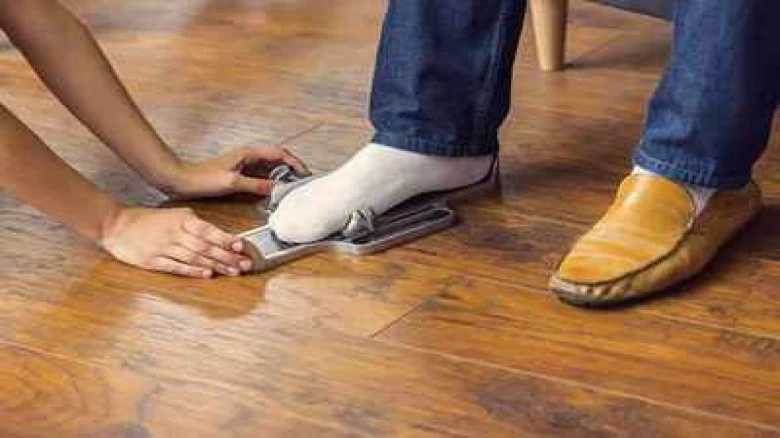Regional

Due to foreign-based shoe sizing regulations, Indians have suffered with ill-fitting shoes for numerous decades and have been forced to live in extreme discomfort
Digital Desk: As part of a wider attempt to design an Indian sizing standard for footwear, a pan-India survey of Indians' foot sizes was recently conducted. It is suggested to be called 'Bha' (भ) to symbolize Bharat, and this might serve as the foundation for Indian footwear production. When it is put into use, Bha will take the place of the current US and UK/European sizing systems.
Due to foreign-based shoe sizing regulations, Indians have suffered with ill-fitting shoes for numerous decades and have been forced to live in extreme discomfort. However, the 'Bha' shoe sizing system is a new development for Indians.
At first, it was thought that for Indians to be inclusive of different ethnic groups, there would need to be at least five different shoe sizing systems. It was believed, before the survey, that the average foot size of people from northeast India was less than that of those from other parts of the country.
Between December 2021 and March 2022, 1,01,880 people were surveyed at 79 locations spread throughout five geographic zones. To determine the typical Indian foot's size, measurements, and structure, 3D foot scanning devices were used.
It was discovered that the typical Indian woman's foot size growth peaked at age 11, whereas the average Indian man's foot size growth peaked at age 15 or 16.
Indians have historically been susceptible to accidents, shoe bites, and poor foot health as a result of wearing footwear that is not made to fit their unique foot requirements. This is particularly true for older women and diabetics.
According to Zee News, BHA proposes eight footwear sizes: I – for infants (0 to 1 year), II – for babies (1 to 3 years), III – for small children (4 to 6 years), IV – for children (7 to 11 years), V – for girls (12 to 13 years), VI – for boys (12 to 14 years), VII – for women (14 years and above), and VIII – for men (15 years and above).
Leave A Comment